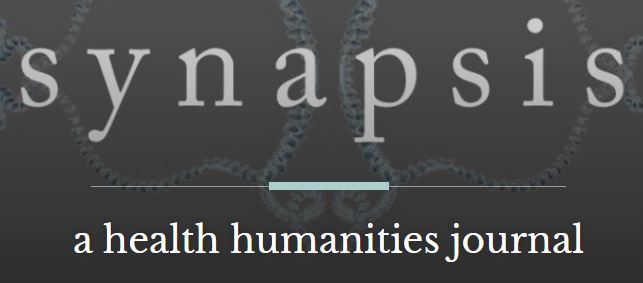This course seeks to understand how the Environment came to stand as a dominant paradigm for comprehending economic and social interactions in the latter half of the twentieth century. Proposing that by the 1960’s the Environment had subsumed antecedent world-models such as “Universal History”, this course traces an arc from early-modern European natural history to the late-twentieth-century discourse on sustainability, examining how post-Enlightenment scientific and humanist discourses were absorbed within and transformed by the construct of the Environment. For example, we will see how the terms and techniques for analyzing and managing “Nature” in early-modern Europe shifted almost seamlessly by the mid-twentieth century into terms and techniques for organizing “the Environment” via developments in evolutionary science and eugenics, psychoanalysis, computer modeling, and new forms of global governance. Because the Environment has been posited as an empirically-knowable system that simultaneously transcends any ontological category, we will question methods by which to approach such a discursive-material object, looking at how different disciplines have attempted to measure, understand, and delimit the Environment: e.g., as a psychological, semiotic, biological, cultural, or technological entity. Within the post-World War II decades, we will pay particular attention to how architects, landscape architects, planners, and technological designers contributed to the Environment’s conceptual formation. Readings for most weeks include one primary text supplemented by secondary sources. This course is intended to expand students’ historical and critical perspectives on an issue of pressing contemporary importance. Students will also be encouraged to acquire new representational and rhetorical skills, such as using Graphic Information Systems (an introductory tutorial will be given during the first class session) and collaborating on a group exhibition through which they will collaboratively produce a taxonomic structure for presenting their work and a strategy of visual and textual material. The course is open to all advanced undergraduates and should be of especial interest to students of history, anthropology, art history, engineering, and the biological sciences.
The Heyman Center for the Humanities, Room B-101
74 Morningside Drive
New York, NY, 10027
(212) 854-4541
(212) 854-3099


